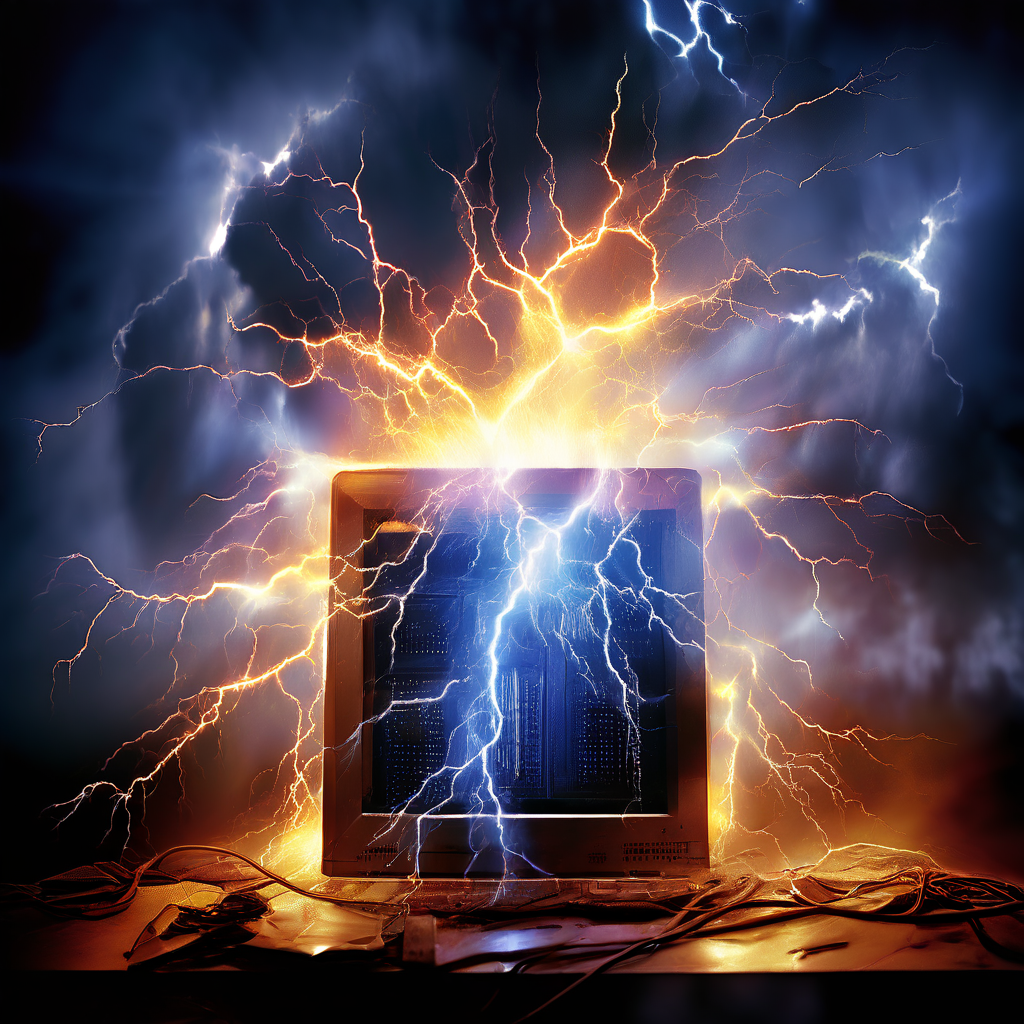Why We Need Lightning and Surge Protection
Introduction
In today’s world of widespread microelectronics, robust lightning and surge protection is no longer optional—it is essential. This article explains why implementing surge protection is crucial for human safety, property protection, and the stable operation of electrical systems.
Ten Reasons to Use Surge Protective Devices (SPDs)

1. Human Safety
Lightning strikes can cause fatal injuries. Installing lightning and surge protection systems dramatically reduces these risks, effectively safeguarding human life.
2. Property Protection
Buildings face risks from extreme heat and mechanical forces during lightning strikes. By using SPDs, you can significantly reduce the chances of property damage and protect your valuable assets.
3. Equipment Integrity
Modern devices are increasingly sensitive to voltage spikes. Surge protectors shield these devices from damage, avoiding unnecessary repair or replacement costs.
4. Data Security
Surges pose a serious threat to computers and data storage systems. Proper surge protection minimizes the risk of data loss and safeguards critical information.
5. Operational Continuity
Businesses and infrastructure depend on continuous power supply. SPDs help prevent unexpected downtime, ensuring smooth and uninterrupted operations.
6. Compliance with Standards
Many industries require adherence to safety regulations. Installing surge protection ensures you meet legal and safety standards, avoiding penalties and improving system reliability.
7. Fire Prevention
Voltage surges can cause fires. SPDs help prevent this by limiting overvoltage conditions, making them a key element in any fire prevention strategy.
8. Reducing Electromagnetic Interference (EMI)
Lightning and surges often generate EMI, which can disrupt communications and electronic systems. SPDs minimize this interference, keeping operations running smoothly.
9. Power Grid Protection
Electrical grids require stability to serve society efficiently. By mitigating lightning-induced surges, SPDs help prevent large-scale power outages.
10. Insurance and Financial Benefits
Insurance companies frequently require surge protection for coverage eligibility. Using SPDs can also reduce premiums and provide compensation coverage for surge-related damages.
Why Are Lightning Protection Products Called Surge Protective Devices?
The Meaning Behind the Term
These products are known as “surge protective devices” (SPD) because their primary role is to protect equipment from sudden voltage spikes—commonly called surges—which often originate from lightning.
-
Surge refers to a sudden and significant rise in voltage over a brief moment, enough to damage electrical systems.
-
Protective Device limits the surge and redirects harmful energy away from sensitive components.
More Than Just Lightning Protection
Although lightning is a common cause of surges, SPDs also protect against voltage spikes from power grid faults, motor startups, or switching operations. Therefore, the term “surge protective device” more accurately reflects their broad protective functions.
Different Types of Surge Protective Devices
Surge protectors come in multiple designs to suit various applications, from power supply systems to communication networks. Each design offers targeted protection for specific voltage risks, helping engineers and users choose the right product for their systems.
Famous Lightning Incidents in History
1. Franklin’s Kite Experiment (1752)
Benjamin Franklin’s experiment confirmed that lightning is electrical in nature, laying the groundwork for modern lightning protection.
2. Brooklyn Bridge Strike (1885)
A fatal lightning strike on the newly built Brooklyn Bridge revealed the importance of lightning protection for large structures.
3. St. Isaac’s Cathedral (1902)
In St. Petersburg, Russia, lightning severely damaged this iconic structure, showing the necessity of structural lightning defense.
4. Aircraft Incident (1963)
A commercial airplane in the U.S. suffered damage mid-flight from a lightning strike, prompting aviation industries to adopt lightning-resistant designs.
5. Vale Dam Collapse (2009)
In Brazil, a lightning strike caused a dam failure, resulting in severe environmental and economic consequences.
6. Kolkata Lightning Tragedy (2012)
Multiple fatalities during a rare lightning storm in India spurred local governments to enhance public safety education and infrastructure.
7. Disneyland Paris Lightning Incident (2016)
Lightning damaged theme park facilities and forced visitor evacuations, reminding us that even entertainment venues need proper surge protection.
8. California Camp Fire (2018)
Though primarily driven by drought and winds, lightning contributed to the spread of devastating wildfires, underlining the need for comprehensive protections in fire-prone regions.
Don’t Ignore History’s Lessons
Behind every safety standard lies hard-earned experience and, in many cases, tragic incidents. Prioritizing surge protection isn’t just a choice—it’s a proven method to protect lives and property.
Conclusion
As technology evolves, so do risks from lightning and voltage surges. Installing surge protective devices is not merely a recommendation—it is a critical necessity. SPDs safeguard people, property, and ensure the uninterrupted operation of modern electrical systems.
If you need expert advice on selecting or installing surge protection solutions, feel free to contact us. Professional protection today prevents costly disasters tomorrow.
Frequently Asked Questions (FAQ)
What happens if I don’t use surge protection?
Without surge protection, your equipment faces high risks of damage, downtime, and even fire. Installing SPDs ensures safety and compliance. Contact LEEYEE for expert solutions.
Do surge protectors also prevent fires?
Yes. Voltage surges can trigger fires. SPDs limit overvoltage conditions, reducing fire risks. LEEYEE provides certified products with global safety approvals.
How do I choose the right SPD for my system?
The right SPD depends on your application (residential, PV, telecom, industrial). LEEYEE engineers provide customized recommendations—request a free consultation.
